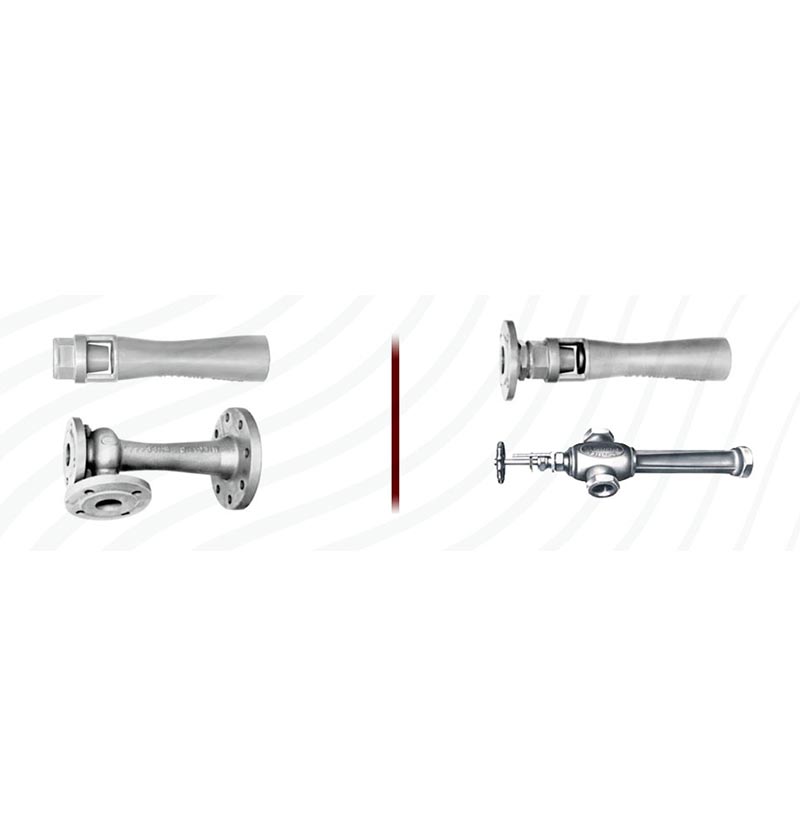steam-jet-heater
Hits : 2461 |
What is a steam jet heater? Steam jet heater is designed to heat cold liquid when steam comes into direct contact with it.
Steam jet heaters are used in all processes, where liquids have to be heated and where the direct contact between steam and liquid has no problem.
We recommend you to know more about steam jet heaters in "more details" part.
A
Steam jet heater
What is a steam jet heater?
Steam jet heaters are used for the direct heating and circulation of liquids with steam in vessels and tanks.This kind of steam jet heater has an axial steam feed and the liquid laterally enters the suction connection.
The steam condenses instantly when contacting the liquid.
We suggest you to read our ctalog for steam jet heater and learn more wit this equipment.
you can read it here:
Karajet.steam jet heater catalog
How do a steam jet heater work?
as the steam comes into contact with the liquid, it immediately condenses, thus giving up its latent heat and, in turn, heating the liquid. The heating steam condensate mixes with the liquid being heated.
The heater ensures that the steam and liquid are uniformly mixed, thereby eliminating both the noise and vibration usually associated with this type of process.
Advantages
- Low-noise heating of all kinds of liquids in vessels
- Even distribution of heat due to circulation of the vessel fluid
- No pressure or heat losses
- Problem of heat exchanger surface contamination eliminated
- Straightforward construction
- Easy installation particularly in small vessels
- Easy control of heat transfer capacity by adjusting the steam/water ratio
Applications
Steam jet heaters are used in all processes, where liquids in vessels and tanks have to be heated (and circulated) and where the direct contact between steam and liquid is no problem.
Restrictions and Range of Operation
- A steam overpressure of at least 1.5 bar necessary.
- Short connections not restricted by valves, measuring devices, etc.
- Liquid level at least 1 m above the suction
- Optimal operation at supercritical steam pressure gradient, i.e. the ratio of the water pressure at the suction to the absolute steam pressure, less than 0.54.
In case
- The operation at temperatures is between 60 °C and 90 °C in vessels open to atmosphere
- Liquid temperature reaches more than 80% of the boiling temperature
either of the following improvements on the installation is essential, to prevent uncontrolled condensation and reduce noise:
- Use of several small heaters rather than a single big one.
- Introduction of an air line at nozzle plane (this greatly intensifies the movement of the circulating liquid, avoids rattling when the fluid is cold and reduces noise).

